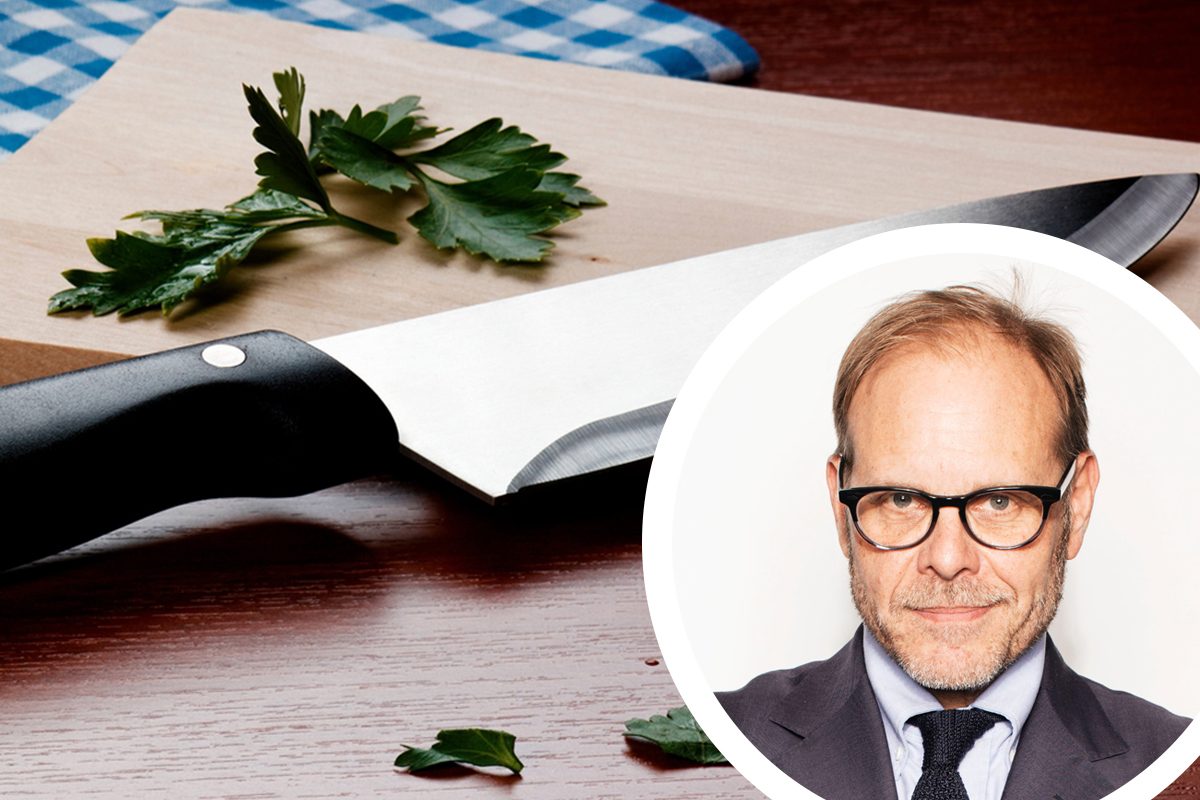Since I became a house husband in 2016 it is clear that Mrs Intruder did things differently previously. Our knives were less sharp than they are now and she has noticed the improvement! I have a set calendar to do tasks in an organised way. Knife sharpening day is upon me. Below is some of my kit

Left to right -- Hob Goblin IPA-- Knife guide-- whetstone--ceramic sharpener with water-- ceramic sharpener without water--ceramic profiler- metal profiler-- 3 kitchen knives-- My UK legal knife.
Some pointers--
Knife steels/profilers do not sharpen knives they just re-establish an edge,
Some knives should be sharpened with ceramics not steel. (EG the global third from right),
When you use a whetstone the knife goes blade first along the sharpening surface, not spine first.
Do any of you hillbilly types have any constructive comments?
Left to right -- Hob Goblin IPA-- Knife guide-- whetstone--ceramic sharpener with water-- ceramic sharpener without water--ceramic profiler- metal profiler-- 3 kitchen knives-- My UK legal knife.
Some pointers--
Knife steels/profilers do not sharpen knives they just re-establish an edge,
Some knives should be sharpened with ceramics not steel. (EG the global third from right),
When you use a whetstone the knife goes blade first along the sharpening surface, not spine first.
Do any of you hillbilly types have any constructive comments?








